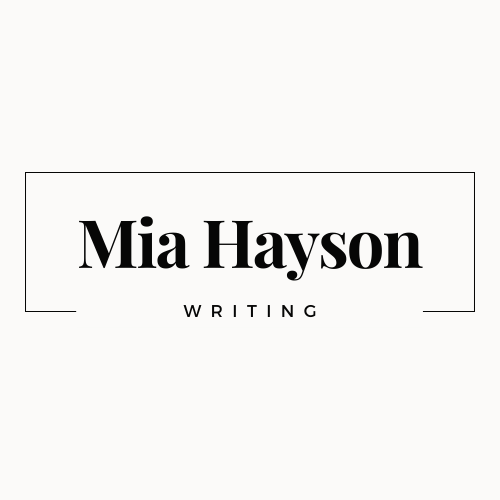During my first Nanowrimo (National Novel Writing Month), over ten years ago now, I was determined to write a novel in 30 days. And that was all cool.
Writing every day was a challenge, but I quickly realized that authentic dialogue was the toughest hurdle of all when it came to writing something worthwhile. Dialogue breathes life into characters and pushes the plot forward, and it’s so easy to get wrong.
I’ve written some thoughts on how to write dialogue before but never during Nanowrimo — the one month of the year that I’m on complete overdrive.
So, how do you capture the essence of real-life conversation while making it compelling on paper? Here are some thoughts that still ring true:
learn about Dialogue in the Wild
I think that writers are naturally drawn to listen and observe — something deep inside of us tells us it is important. Even before I was a writer, I was an eavesdropper—listening intently to people at cafes, parks, or bus stops.
You’ll notice the natural rhythm and flow of dialogue when you listen. Listen long enough, and you’ll also pick up on the fact that every talks slightly differently. We each have our signature and pace; some people talk a mile a minute while others take their time, letting each word hang in the air.
Consider what is Unspoken
We often communicate more important things through what’s left unsaid. Big emotions carry a weight that sometimes only silence can convey.
In a novel, pauses can add layers of depth and intrigue, and so can rapid switches in conversation. Sometimes, we answer the unspoken question rather than the one voiced aloud.
You might ask a friend “Did you ever call her back?” and all they say is, “You know I can’t afford to lose focus on the tournament.” It wasn’t a direct answer to your question, but it speaks volumes about what’s truly on their mind.
Representing Personality in Syntax
Your personality can also be reflected in the syntax of the way you speak. Characters really jump out of the page when they don’t talk exactly the same. They don’t think the same, so why would they use the same speech patterns?
This is most easily seen when comparing a character with a scholarly background to a hard-grafter like a detective. One might use intricate sentences and complex vocabulary, skirting around points, while the other might be straightforward, and no-nonsense, speaking in short sentences. By paying attention to these nuances, readers can differentiate between characters even without dialogue tags.
Dialogue is fascinating! It’s probably half art and half science; maybe that’s why I like it. It requires keen observation, a touch of creativity, and a lot of practice. And anyone can practice enough to become a master. 😉









POST COMMENT